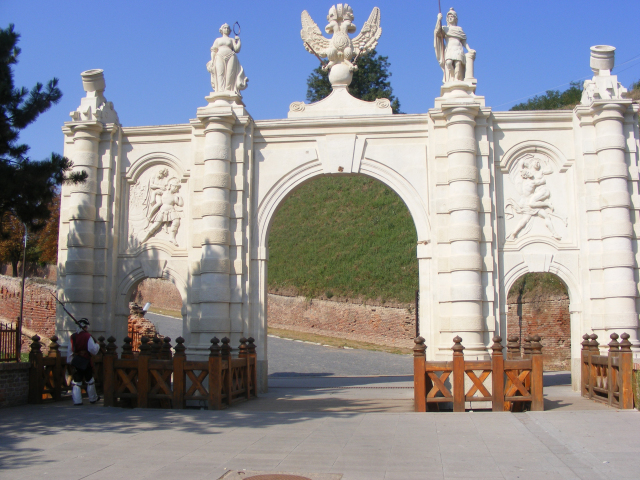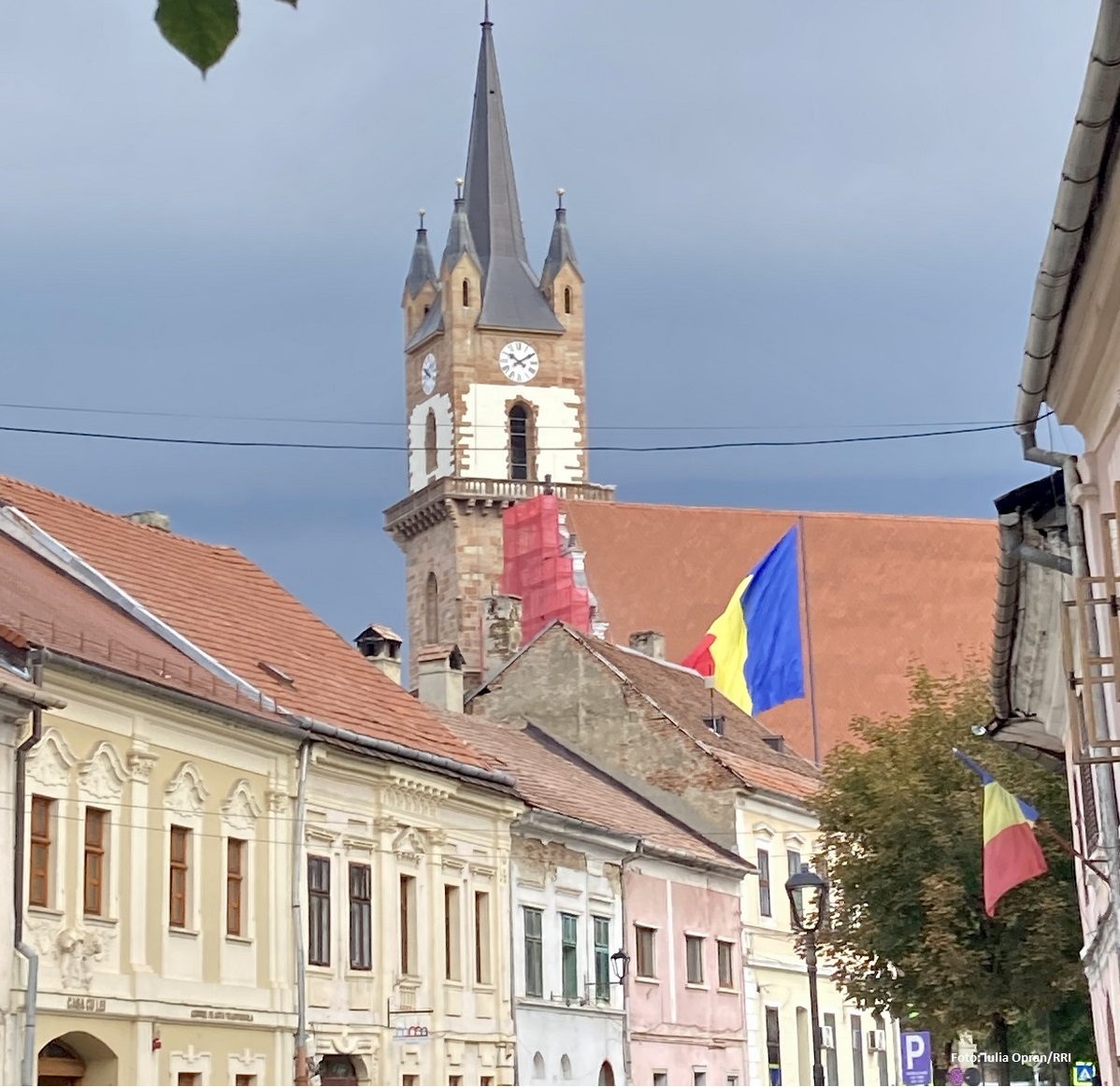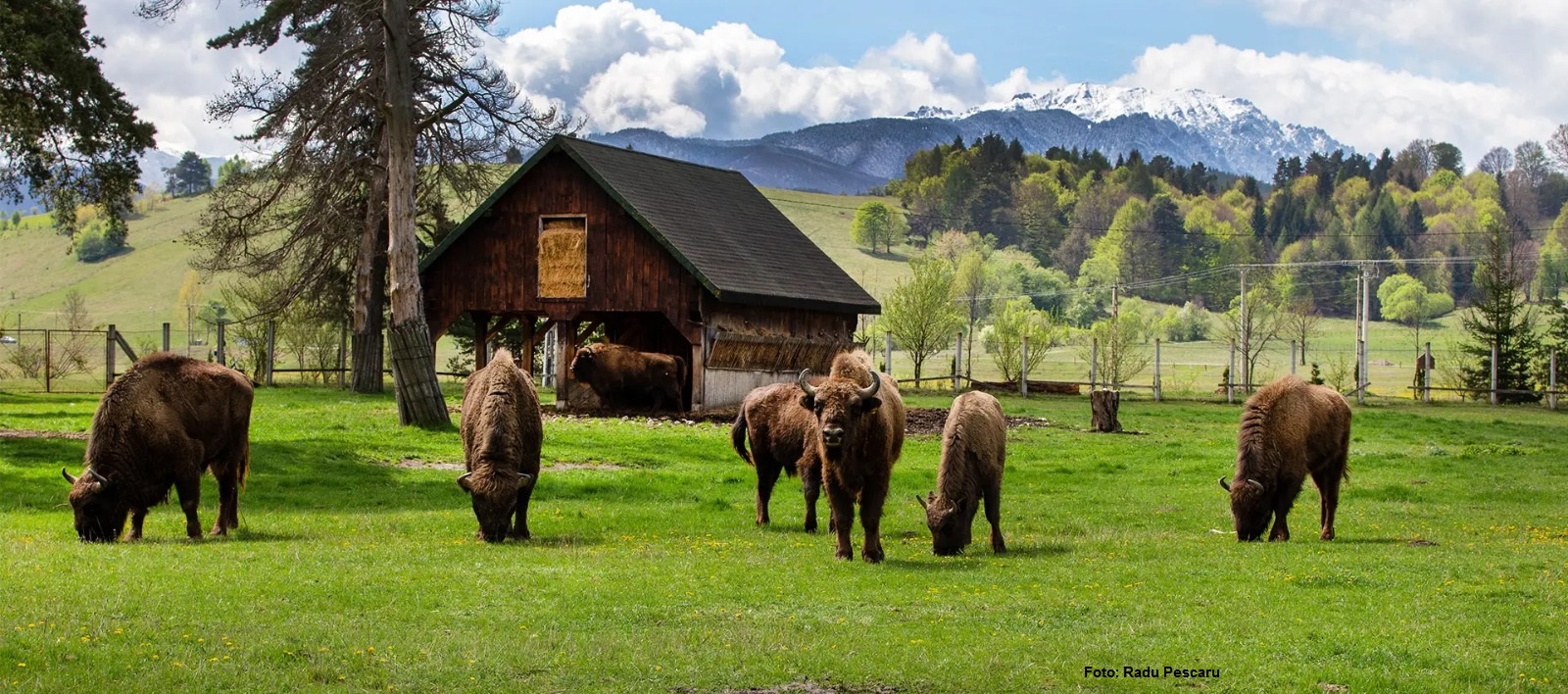Alba County
Todays destination is in Transylvania, and is laden with history, legend, and traditions. Alba County attracts most tourists with its county seat of Alba-Iulia, a city with major, well-preserved monuments, vestiges of a millennia old past. From the urban area, we can then head to the Apuseni Mountains. Here you can mountain climb, you can visit special caves, and, last but not least, discover traditional village life.

Daniel Onea, 01.04.2021, 02:12
Todays destination is in Transylvania, and is laden with history, legend, and traditions. Alba County attracts most tourists with its county seat of Alba-Iulia, a city with major, well-preserved monuments, vestiges of a millennia old past. From the urban area, we can then head to the Apuseni Mountains. Here you can mountain climb, you can visit special caves, and, last but not least, discover traditional village life.
Violeta Nica, spokesperson with Alba County Council, told us that we are talking about one of the most attractive counties of Romania:
“Alba County, with a great tourist potential, first of all stands out with its scenery, of a special beauty, and with its history, culture, traditions, and customs. As a result, we have here a lot of types of tourism, like cultural and historical, green tourism, religious, and, of course, mountain tourism. If we are talking about cultural and historical tourism, we have to start with the city of Alba Iulia. The Alba Carolina fortification, the most representative Vauban fort in Romania, and one of the most important in Europe, is the citys main attraction, as well as the countys. Annually, tens of thousands of tourists visit the fortification, and they come in troves in any season. The change of the guard, the tour of the fortifications, the statues, or the obelisk for Horea, Closca, and Crisan are only some of the attractions, to which you have to add the Roman festivals and open air shows. The main objective is the Coronation Cathedral, next to which we find the St. Michael Roman Catholic Cathedral. Also there, tourists can visit the National Grand Union Museum, and the Hall of the Union, recently refurbished, a totally special building as historical significance goes for Romanians. We also have the Museikon, the only museum in Romania dedicated to icons, and the Batthyaneum Library.”
The cultural attractions in Alba County are spread all around the county, Violeta Nica continues:
“In the same register, we get to Blaj, where we have to open the list with the Field of Freedom, a very dear place to all Romanians. Then we have to continue with the Archbishop Palace, a 12th century building, the Palace of Culture, and the Botanical Garden, which opened in 1881, the oldest botanical garden in the world, initially set up as part of a secondary school. Aiud is also a major culture center. Alba County has a major concentration of nationally important historical monuments. The list, published in 2015, contains 686 items. Two of them, the Dacian fortification in Capalna, the easternmost of the Dacian forts in Orastie Mountains, and the Calnic rural site, in the category of Saxon sites with fortified churches in Transylvania, are historical monuments listed by UNESCO on their World Heritage list of sites. There are efforts being made to also put on the list the Rimetea and the Rosia Montana sites. In the countryside we have a whole group of rural sites in terms of original architecture, such as Arieseni, Garda, Vidra, Avram Iancu, Albac, Mogoș, Ponor, Rîmeț, famous and very colorful from this point of view.”
At the same time, the scenery in Alba County is remarkable with its harmony, says Violeta Nica, spokesperson with Alba County Council:
“The natural scenery presents a rich and varied offer, with caves, crags, waterfalls, gorges, mountain massifs, and here we have to recall Râpa Roșie, Cheile Râmețului și Cheile Aiudului, and Detunatele. The Scarisoara glacier is a European nature reserve. Other major objectives are Ocna Mures, which Alba County Council wants to turn into a top notch resort. There would also be Mocanita in Aries Valley, and the golf course at Pianu, the biggest in the country. Over 25% of the countys territory has nature reserve status. This is the foundation on which we developed our green tourism.”
One of the remarkable projects undertaken by Alba County Council to develop tourism is the restoration of a county level road that goes through isolated communities in the Apuseni Mountains, unlocking spectacular scenery:
“This would be the Apuseni Transalpina, going from Aiud to the village of Bucium, crossing 1,000 meters altitude places. This road would reproduce the medieval circuit of the Moti Country, and is a road with a lot of potential. It is a road of life, linking authentic traditional communities; it is also a road of culture, and at the same time one of history, partially covering the old Roman gold trail, and a road of faith, going up the peaks of Trascau to the gates of Ramet Monastery. The tableau could be completed by food and wine tourism, and here is where the Wine Country project comes in.”
Alba County provides both faith and active tourism. It is a perfect place for winter sports, and an active vacation. Here is Violeta Nica once again:
“We have an impressive list of churches and monasteries in the county which are part of the tourist circuit. We could start with the cathedrals we mentioned in Alba Iulia, and we could also go to the Archbishop Palace in Blaj, the monasteries, and, of course, the wooden churches all over the country, which are a treasure trove. At the same time, the mountains in the county are a true spectacle. For winter sports, we have the skiing areas in Sureanu and Arieseni. The most recent development project in the Apuseni Mountains is an association between Alba County Council and Bihor County Council, an agreement that will also include Cluj County, and which aims at promoting and developing the tourist mountain area at the border between the three counties.”
The available accommodation units for tourists have gone up in number almost three times in the last 10 years, reaching over 6,000. They are predominantly small sized agrotourism B&Bs in the Apuseni area.






























